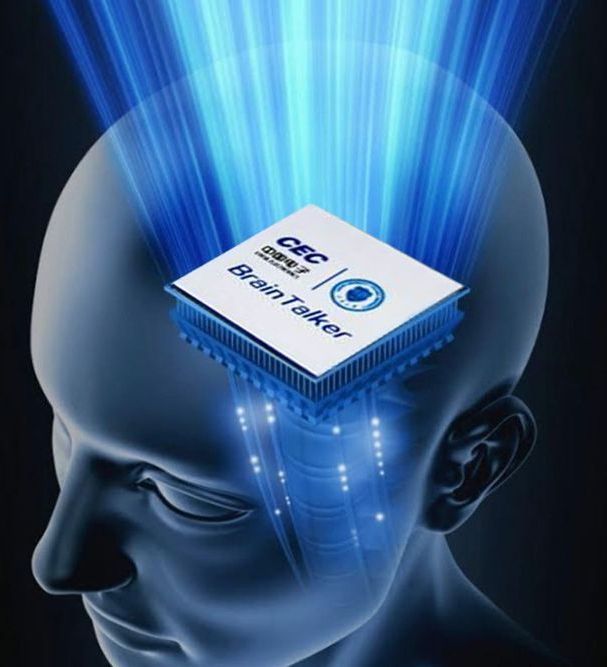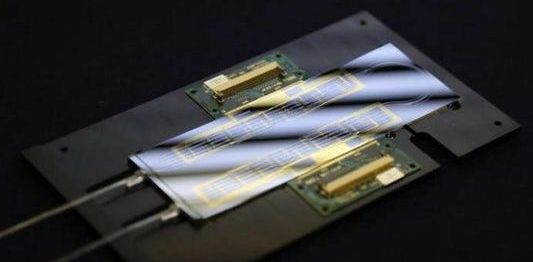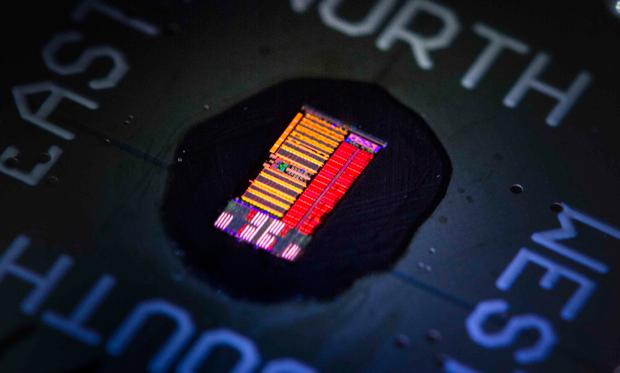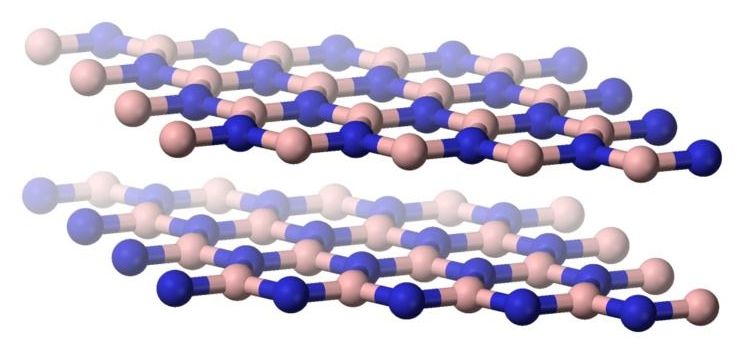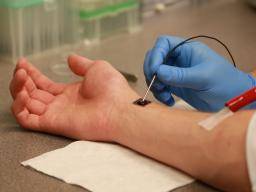Archive for the ‘computing’ category: Page 579
Jun 10, 2019
What neuromorphic engineering is, and why it’s triggered an analog revolution
Posted by Quinn Sena in categories: computing, engineering, neuroscience
Maybe we can’t keep packing transistors onto substrates the way Gordon Moore showed us how to do. So how about if we replaced those millions of transistors with components “inspired by the true story” of the brain?
Jun 10, 2019
China invents ‘mind-reading chip’ called Brain Talker that ‘sends your thoughts to a computer’
Posted by Klaus Baldauf in categories: computing, neuroscience
A MIND reading brain computer chip has been announced at the World Intelligence Congress in China.
The breakthrough device is called Brain Talker and allows a person to control a computer with just their brainwaves.
Brain-computer interfaces (BCIs) are devices that have been designed to create simple communication between the human brain and computers.
Jun 9, 2019
Particle accelerator on a microchip
Posted by Richard Christophr Saragoza in categories: computing, particle physics
The Gordon and Betty Moore Foundation has awarded 13.5 million US dollars (12.6 million euros) to promote the development of a particle accelerator on a microchip. DESY and the University of Hamburg are among the partners involved in this international project, headed by Robert Byer of Stanford University (USA) and Peter Hommelhoff of the University of Erlangen-Nürnberg. Within five years, they hope to produce a working prototype of an “accelerator-on-a-chip”.
Jun 9, 2019
Breakthrough photonic processor promises quantum computing leap
Posted by Richard Christophr Saragoza in categories: computing, quantum physics
Researchers from the University of Bristol and Nippon Telegraph and Telephone claim to have developed a fully-programmable quantum optical chip able to encode and manipulate photons in an infinite number of ways. This breakthrough may pave the way for true quantum optical computing systems.
Jun 9, 2019
Linking Chips With Light
Posted by Richard Christophr Saragoza in categories: computing, innovation
IEEE Spectrum recently summarized a major breakthrough out of DARPA’s Photonically Optimized Embedded Microprocessors (POEM) program:
Jun 9, 2019
Researchers craft an LED just two atoms thick
Posted by Quinn Sena in categories: computing, particle physics
Jun 9, 2019
Heart of next-generation chip-scale atomic clock
Posted by Quinn Sena in categories: computing, particle physics, satellites
Physicists at the National Institute of Standards and Technology (NIST) and partners have demonstrated an experimental, next-generation atomic clock — ticking at high “optical” frequencies — that is much smaller than usual, made of just three small chips plus supporting electronics and optics.
Described in Optica, the chip-scale clock is based on the vibrations, or “ticks,” of rubidium atoms confined in a tiny glass container, called a vapor cell, on a chip. Two frequency combs on chips act like gears to link the atoms’ high-frequency optical ticks to a lower, widely used microwave frequency that can be used in applications.
The chip-based heart of the new clock requires very little power (just 275 milliwatts) and, with additional technology advances, could potentially be made small enough to be handheld. Chip-scale optical clocks like this could eventually replace traditional oscillators in applications such as navigation systems and telecommunications networks and serve as backup clocks on satellites.
Jun 8, 2019
The foundation of the computing industry’s innovation is faltering. What can replace it?
Posted by Paul Battista in categories: computing, innovation
Shrinking transistors have powered 50 years of advances in computing—but now other ways must be found to make computers more capable.
Jun 8, 2019
Regenerative medicine breakthrough: Can a small chip ‘heal’ entire organs?
Posted by Quinn Sena in categories: biotech/medical, computing, life extension
A groundbreaking new cell reprogramming device can turn existing cells into any other type of cell, repairing tissue and organs in mice.


